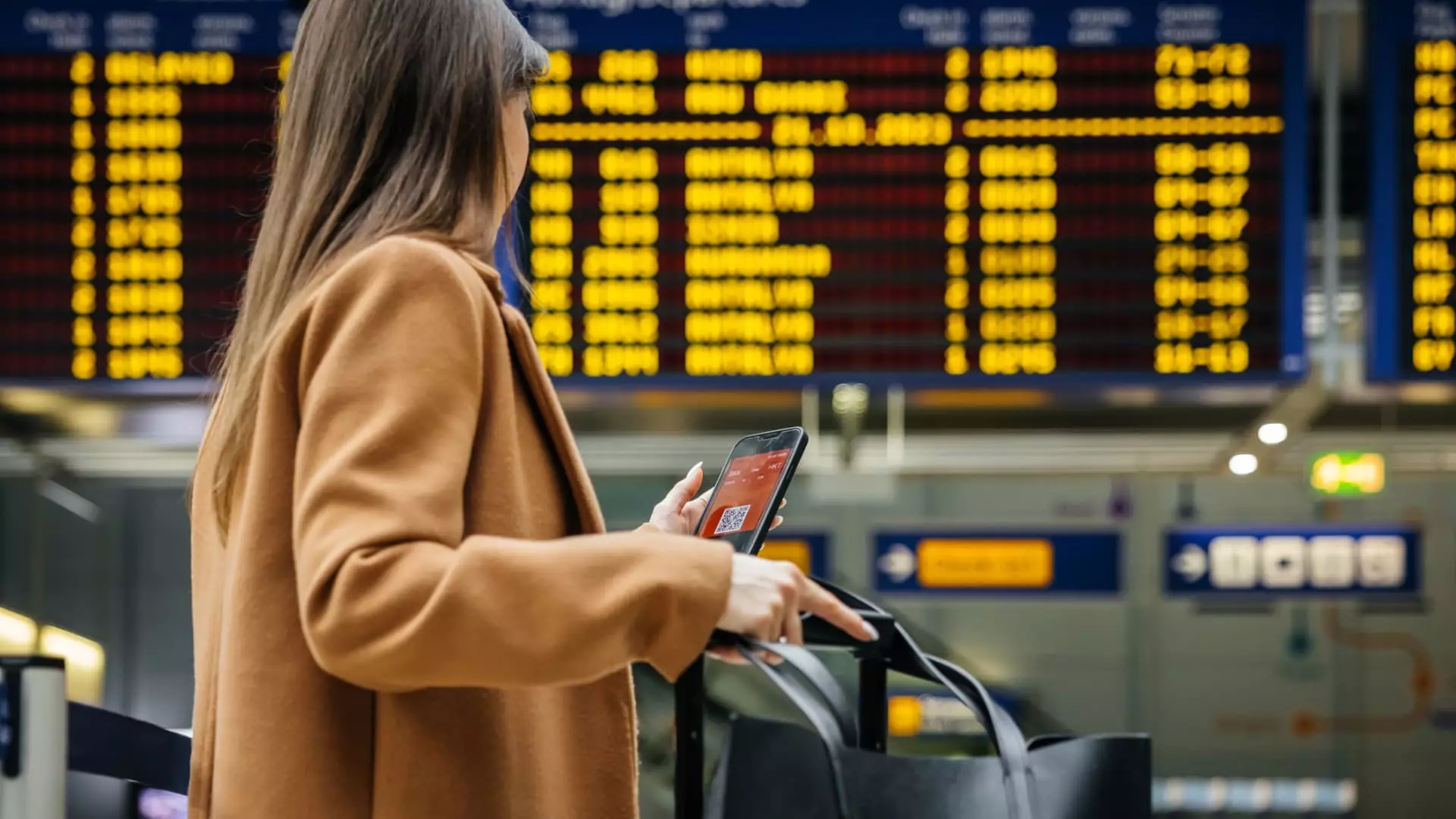Recent research from the Bank of America Institute shows that travel spending among American households has exceeded pre-pandemic levels, with a particular focus on international trips. Travel momentum seems to be heavily influenced by vacationing abroad, as noted by economists Taylor Bowley and Joe Wadford. Despite a slight decline in travel spending from 2023, it remains significantly higher than in 2019, with an increase of 10.6% per household based on Bank of America credit and debit card data from January to mid-August.
Rising Demand for International Travel
According to a recent Conference Board survey, there has been a notable increase in Americans intending to vacation abroad over the next six months. This surge in demand for international travel is attributed to the easing of Covid-19-related health concerns and the relaxation of travel restrictions by various countries. Additionally, the availability of lower-priced international airfare has further fueled this trend, making travel more accessible to a wider range of consumers.
Europe has emerged as the primary destination for American travelers, accounting for 43% of total spending from May to July, followed by Canada and Mexico at 21%. However, Asia has experienced the fastest growth in spending, with an 11% increase compared to 2023. The favorable exchange rates in Asia have contributed to the region’s relative strength in attracting American tourists.
While international travel spending remains robust, a majority of American travelers continue to prefer domestic destinations. About 68% of trips originating in the U.S. are within the country’s borders, according to McKinsey. However, there has been a shift towards international travel among higher-income households earning over $125,000 annually. This demographic seems to be driving the trend of luxury travel, with high-end hotels outperforming standard accommodations.
Despite concerns about rising inflation impacting travel costs, most consumers are reluctant to cancel their trips. Instead, they are adjusting their travel behavior by opting for off-peak periods or booking their travel well in advance. This adaptability is evident in the resilience of higher-income travelers who continue to prioritize travel experiences and are willing to splurge on luxury accommodations.
The trends in American household travel spending reflect an ongoing enthusiasm for international travel, driven by a combination of factors such as pent-up demand, lower airfare prices, and favorable exchange rates. While domestic travel still remains popular, there is a noticeable shift towards international destinations, particularly among higher-income travelers. The ability of consumers to adapt to changing economic conditions and travel constraints demonstrates a continued passion for exploring the world, despite external challenges.

Leave a Reply